Even the most experienced travelers can sometimes get lost in the Parisian public transport network. Paris has one of the most comprehensive and efficient public transportation systems in the world. This extensive network allows residents and visitors to explore the city and its neighboring regions. Before your trip to Paris, be sure to familiarize yourself with the details of this system to ensure that every journey is smooth, comfortable and stress-free.
In this article, we summarize the most important information for you.
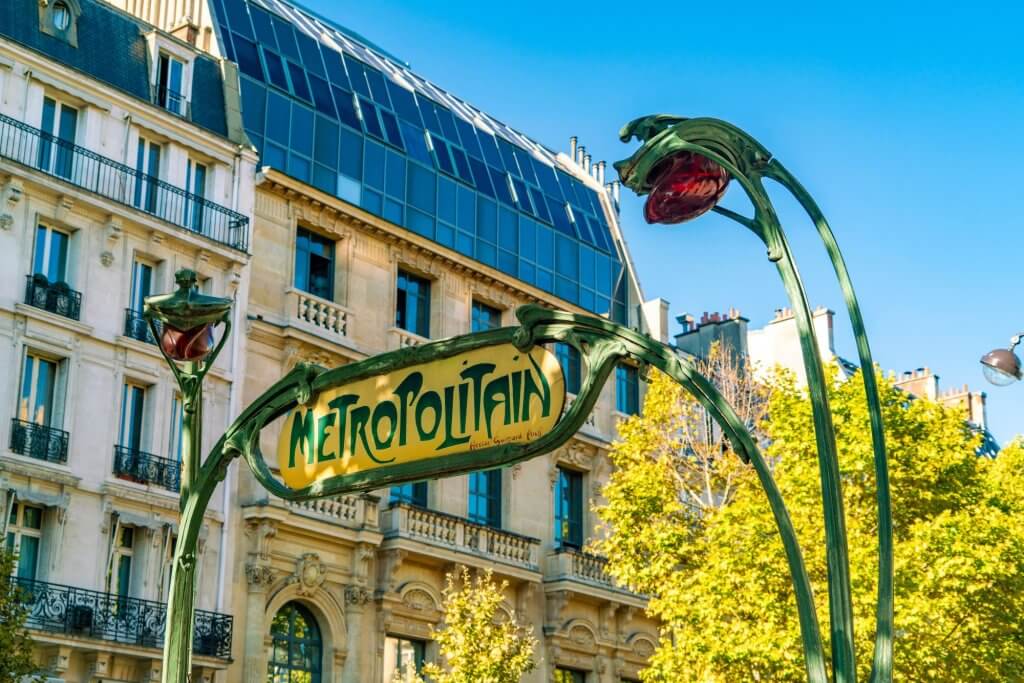
When Parisians talk about “le Paris Métro”, they mean the huge underground labyrinth that is the Paris Metro. This subway system was founded in 1900 and today consists of 16 different lines, each marked with specific colors and numbers, and serves over 300 stations. The metro is not only a means of transportation, but also an integral part of Parisian culture. From the Art Nouveau entrances designed by Hector Guimard to the fascinating advertising posters on the walls of the stations, each journey reflects a slice of Parisian life. Although the metro mainly operates in zones 1 and 2, it provides fast transportation through the heart of Paris and is therefore the first choice for many.
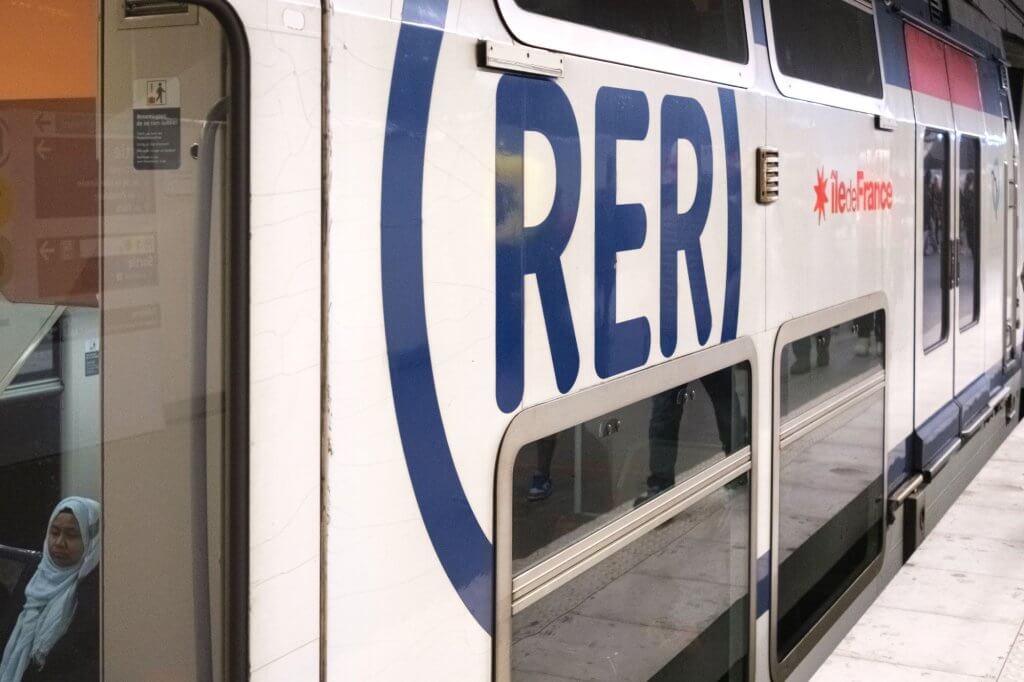
While the metro serves the city center of the french capital, the RER lines extends further. The RER network with its five lines from A to E extends its service area beyond the immediate city limits of Paris to the entire surrounding area of the metropolis. Important destinations such as Charles de Gaulle Airport, Disneyland Paris and the Palace of Versailles can all be reached via the RER. It is more than just a train system, it is a bridge between Paris and the neighboring regions.
The romance of Paris is often best experienced by bus. The city’s bus system, which comprises over 300 lines, runs through the wide avenues and narrow streets, offering passengers an unparalleled view of the architectural marvels and the hustle and bustle of the streets. The buses ensure that no corner of the city, no matter how remote or hidden, remains inaccessible. They play an important role in ensuring that areas not directly served by the metro or RER remain connected.
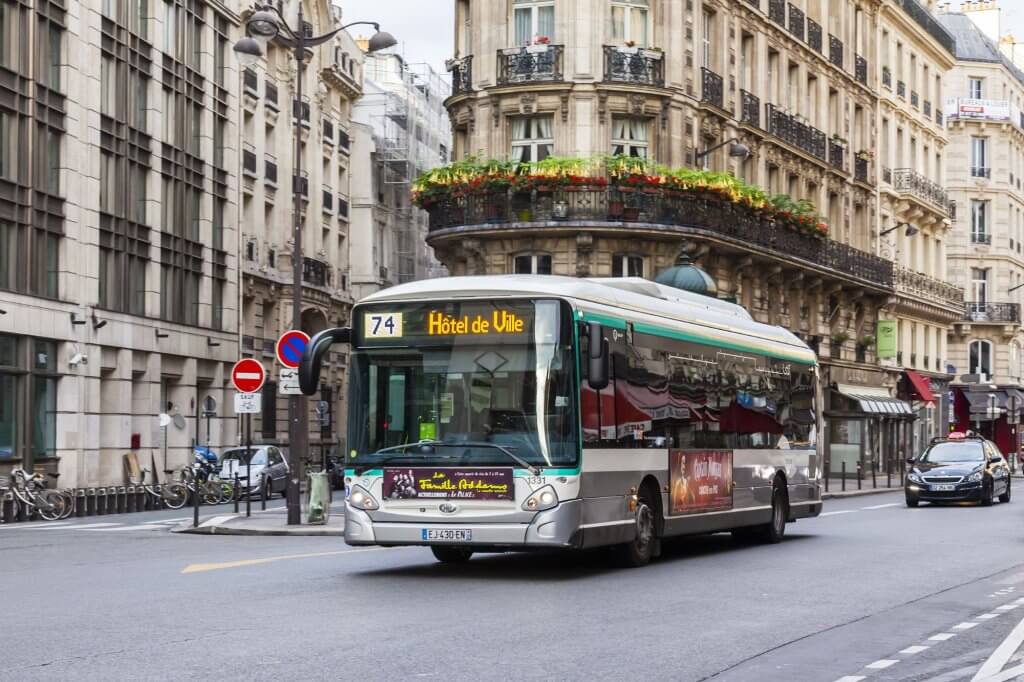
Zone 1 is often referred to as the heart of Paris and comprises the historical and geographical core. Here you will find world-famous attractions such as the Arc de Triomphe, the Louvre and the picturesque piers of the Seine.
This zone extends around Zone 1 and encompasses the entire city center with its neighborhoods that exude an authentic Parisian charm far from the typical tourist trails.
These zones gradually extend outwards and encompass the vibrant suburbs and extended regions of Paris. The diversity that prevails here – from bustling market towns to quiet residential communities – shows the versatility of the Paris metropolitan region.
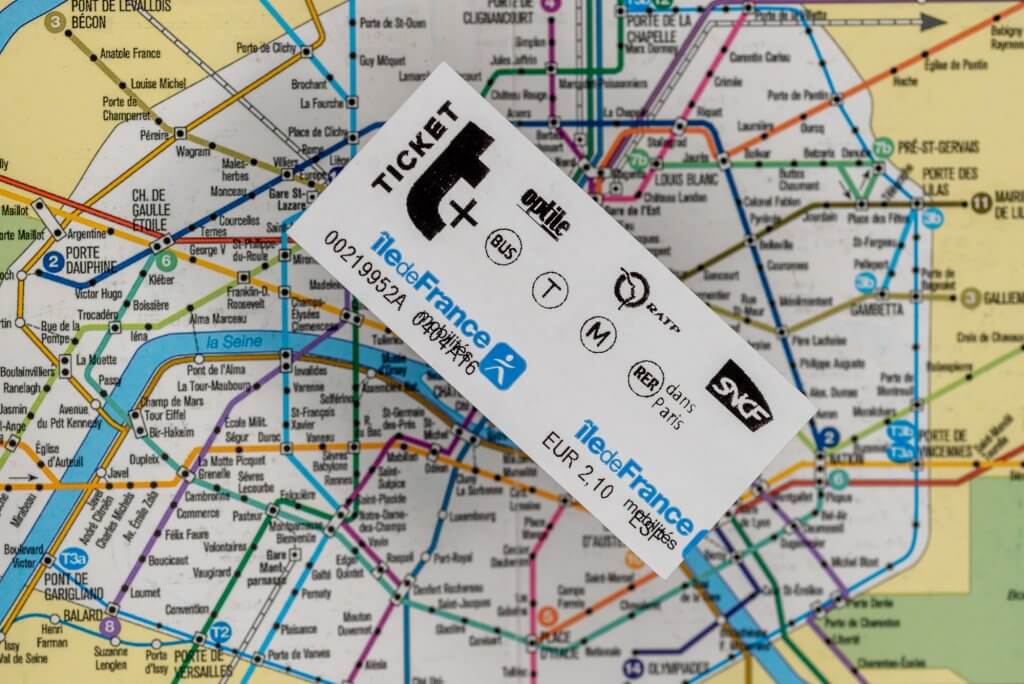
You can download the metro plan here. If you prefer the paper version, you can get one for free at every Metro station.
There are a variety of ticket options. Each metro ticket type has its own conditions and benefits, tailored to the different needs of locals and tourists.
A ticket for a single journey, regardless of distance.
Who It’s For: Occasional riders and tourists on limited journeys.
Use: On the metro, RER (within Paris), streetcars and buses.
Price: Single: €2.10 / Bundle (10 rides): €1.69 per ticket
Benefits: Flexibility for spontaneous journeys.
Limitations: No changing from the subway to the streetcar or bus.
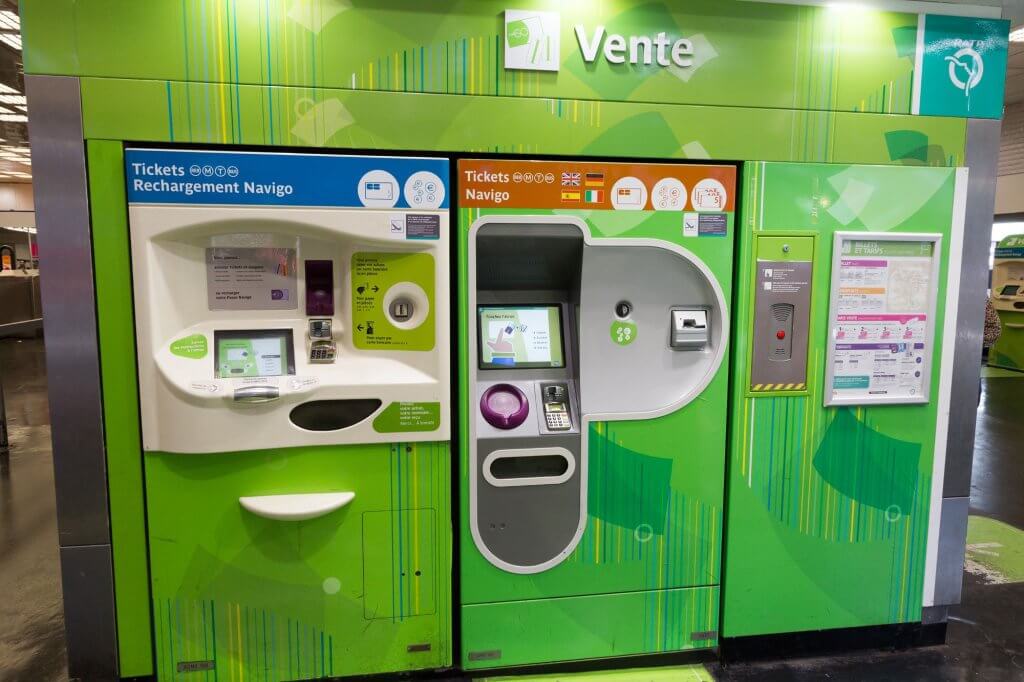
A reusable, contactless card to load multiple ticket types.
Who It’s For: Regular travellers and those looking to avoid paper ticket.
Usage: Convenient loading at ticket machines, RATP counters, or via app.
Price: Card: 2€
Tickets: Save 20% when bundled.
Benefits: Environment-friendly, streamlined travel, and cost savings in bundles.
Limitations: One user per card.
Unlimited rides within a day (from 00:00 to 24:00).
Who It’s For: Adventurous tourists exploring multiple sites in one day.
Price: 8,45€ for zones 1-2. Incremental prices for additional zones.
Benefits: Budget-friendly for heavy single-day use.
Limitations: Limited to day of purchase. Cost-effectiveness depends on usage frequency.

Unlimited travel for a week.
Who It’s For: Long-term tourists or business travelers.
Price: 30,00€ for all 5 zones.
Benefits: Hassle-free week-long travel.
Limitations: Fixed from Monday to Sunday, no purchase flexibility.
Flexible multi-day travel for up to 5 days.
Who It’s For: Tourists valuing flexibility and extra perks.
Price: Variable, based on zones and days chosen.
Benefits: Discounts at select attractions, stores, and restaurants.
Limitations: Pricier, but offsets with added benefits.
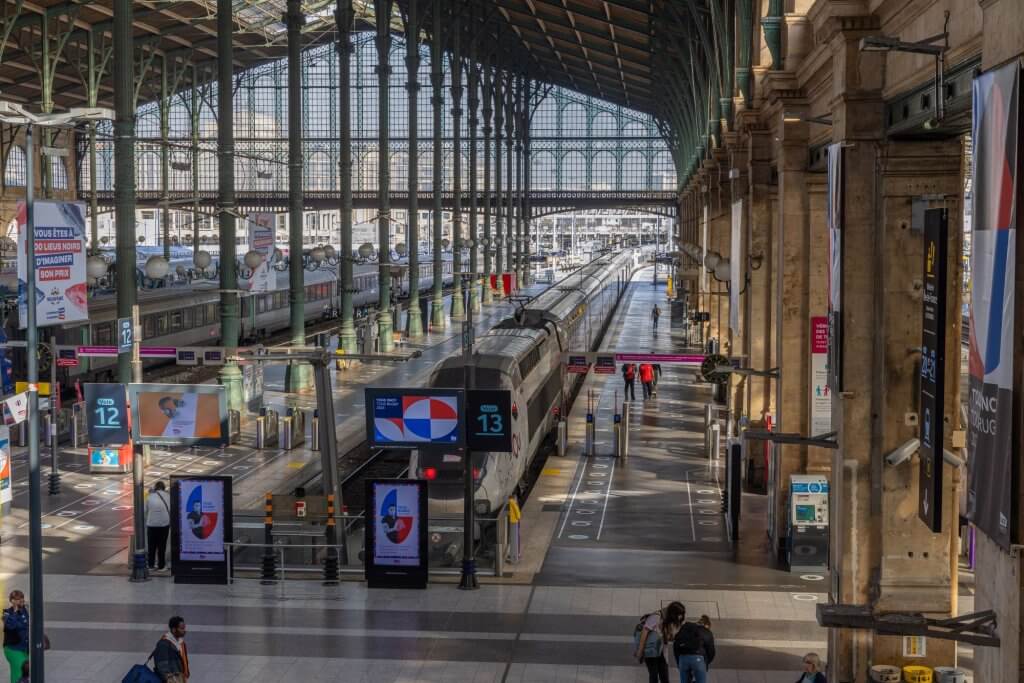
A platform for loading week or monthly passes.
Who It’s For: Extended stay tourists and regular commuters.
Price: Card at 5€.
Benefits: Long-term stay benefits with one card.
Limitations: Does not come preloaded; pass must be purchased separately.
Children below 4 years ride for free. A 50% fare reduction is available for children aged 4 to 9. However, if using Navigo Easy, they need their own card.
To optimize your Parisian journey, it’s essential to align your ticket choice with your travel plans, duration, and budgetary constraints.
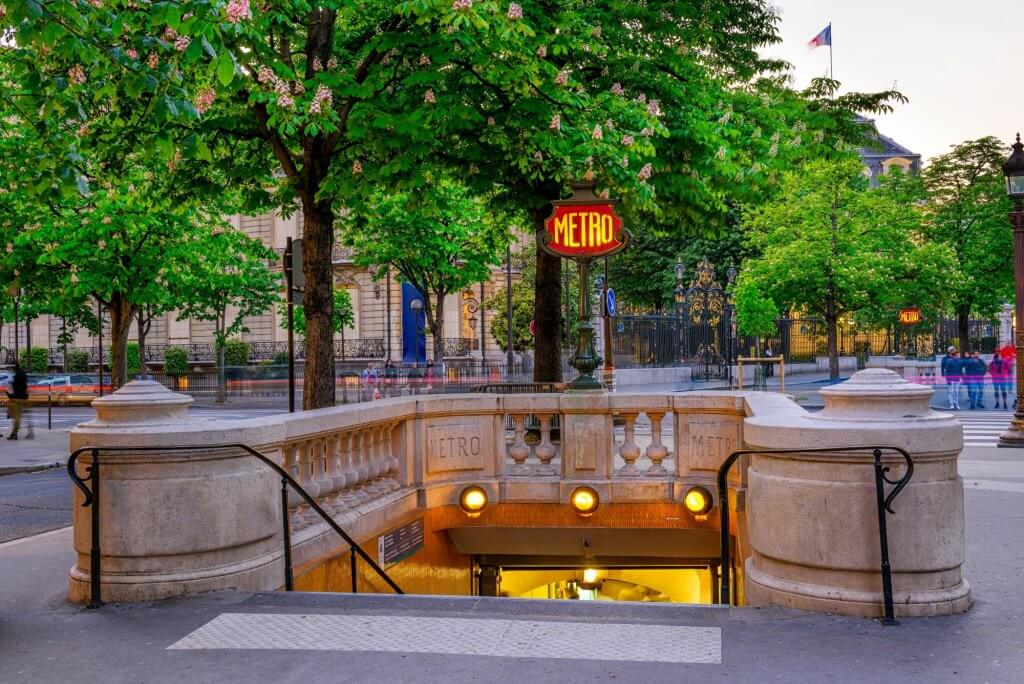
The Paris Visite Card is a tourist-specific travel card designed to provide unlimited access to the public transportation system in Paris. Valid for a consecutive number of days, it allows tourists to conveniently explore the City of Light without the hassle of purchasing individual tickets.
Unlimited Access: Travel without limits on the metro, buses, trams, RER (regional express trains), and Montmartre funicular.
Zone Coverage: Choose from a pass that covers Zones 1-3 (central Paris) or a pass that covers Zones 1-5 (including airports, Disneyland Paris, and Château de Versailles).
Flexible Durations: Available for 1, 2, 3, or 5 consecutive days, making it suitable for both short and longer stays.
Discounts: Enjoy special offers and discounts at certain museums, attractions, and shops in Paris.
Convenience: Avoid the hassle of purchasing individual tickets every time you travel. Just swipe or tap and go!

1-day pass (Zones 1-3): €13.55 (adult), €6.75 (child)
2-day pass (Zones 1-3): €22.05 (adult), €11.00 (child)
3-day pass (Zones 1-3): €30.10 (adult), €15.05 (child)
5-day pass (Zones 1-3): €43.30 (adult), €21.65 (child)
For Zones 1-5, prices are higher. Children aged 4-11 get a reduced rate, while children under 4 travel for free.
The pass becomes active from the first use and remains valid for 1, 2, 3, or 5 consecutive days depending on the duration you’ve chosen.
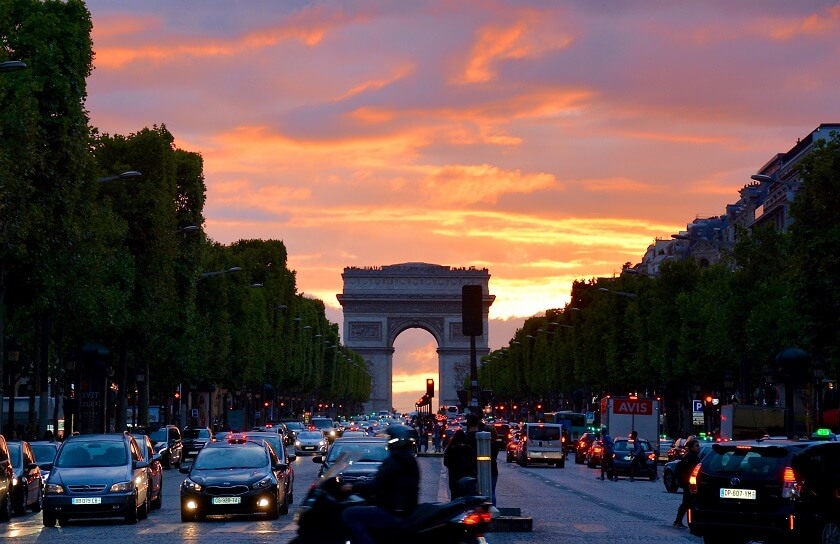
Purchase: Buy the Paris Visite Card online, at ticket counters in metro and RER stations, or at authorized sellers like tourist offices.
Activate: Write your name and the start date on the card before using it for the first time.
Travel: Swipe or tap your pass at the turnstile or on a bus/tram to validate your journey.
Keep it Safe: Don’t bend, break, or lose your pass. Damaged or lost passes cannot be replaced or refunded.
For more details check the official RATP website.
Download Digital Maps: While paper maps are nostalgic and romantic, digital ones are more practical. They offer route suggestions, time estimates, and service disruption alerts.
Stay Alert: Paris’s public transport, especially the metro, can be a hotbed for pickpockets. Always be aware of your belongings.
Learn Basic Etiquette: Always let passengers alight before boarding, and stand on the right on escalators, leaving space on the left for those in a hurry.
Plan Ahead: If you’re chasing a tight schedule, always factor in some buffer time. While the public transport is efficient, occasional delays are inevitable.

There are many transfer options from Paris airport to the city center of Paris.
Paris airport cabs (Taxi Parisien) operate from the cab ranks at the terminals into the city and offer fixed prices (50€ to 60€) to their passengers, although they are all equipped with a taximeter.
In addition, there are RoissyBus (13,70€), local bus lines 350 and 351 (ca. 2,00€) and night buses that connect the airport to the city center, as well as the RER B airport trains (13,70€) that provide quick and convenient access to the city center by train.
Last but not least, there are several private transfer companies at the airport.